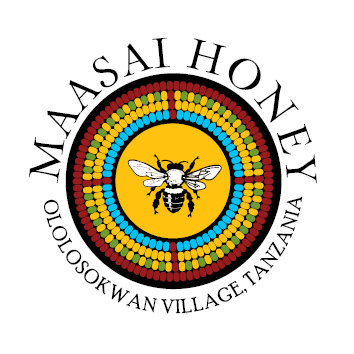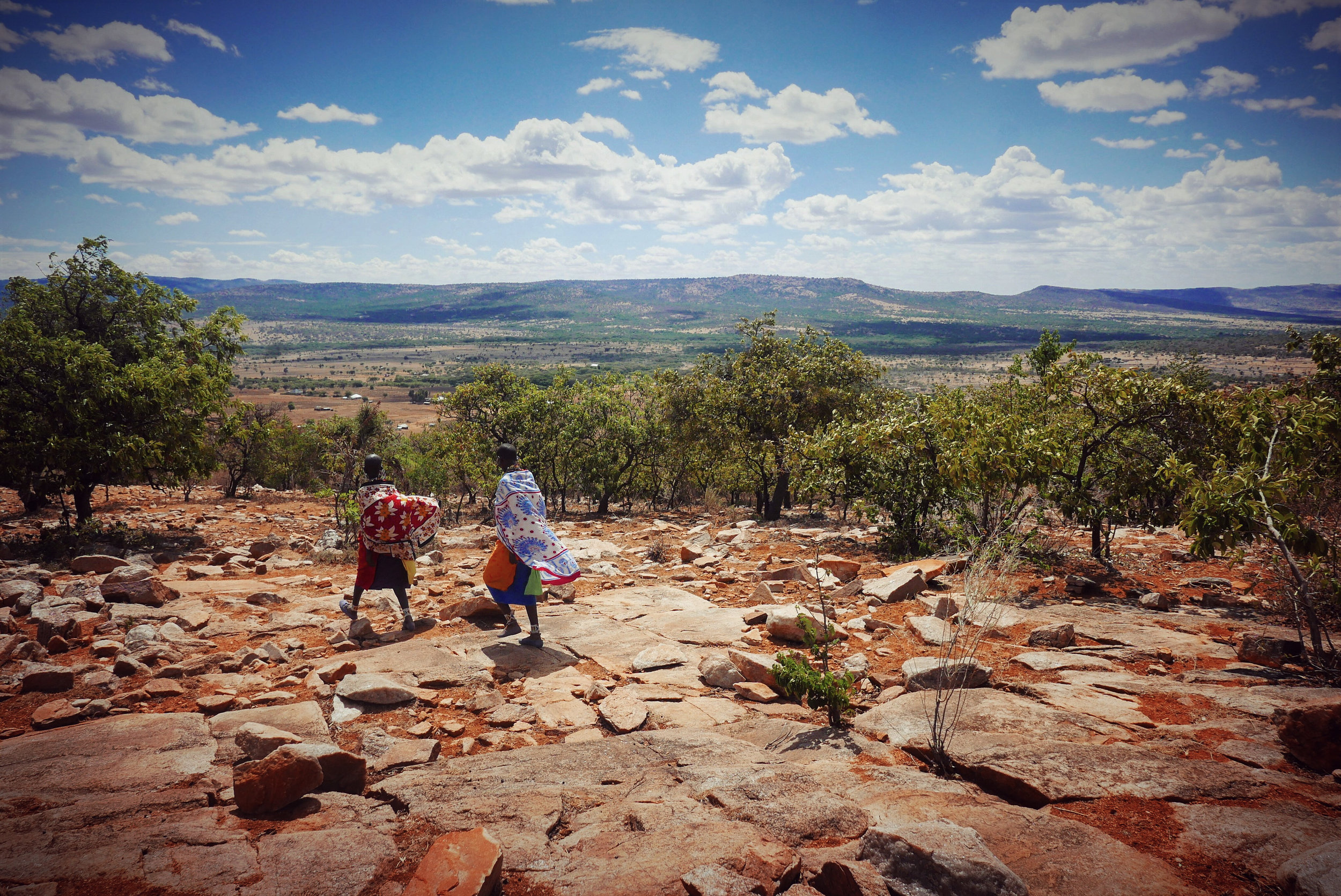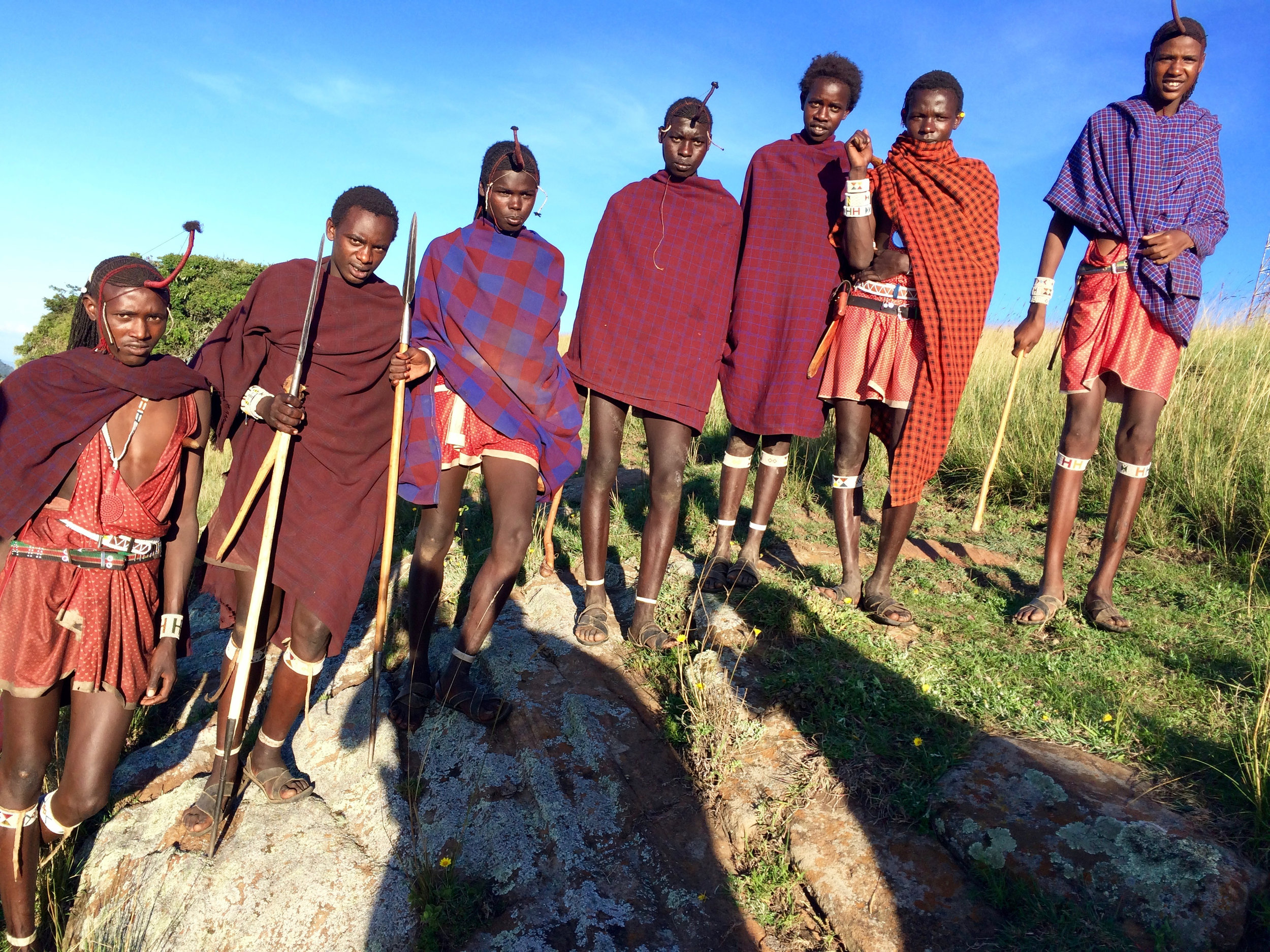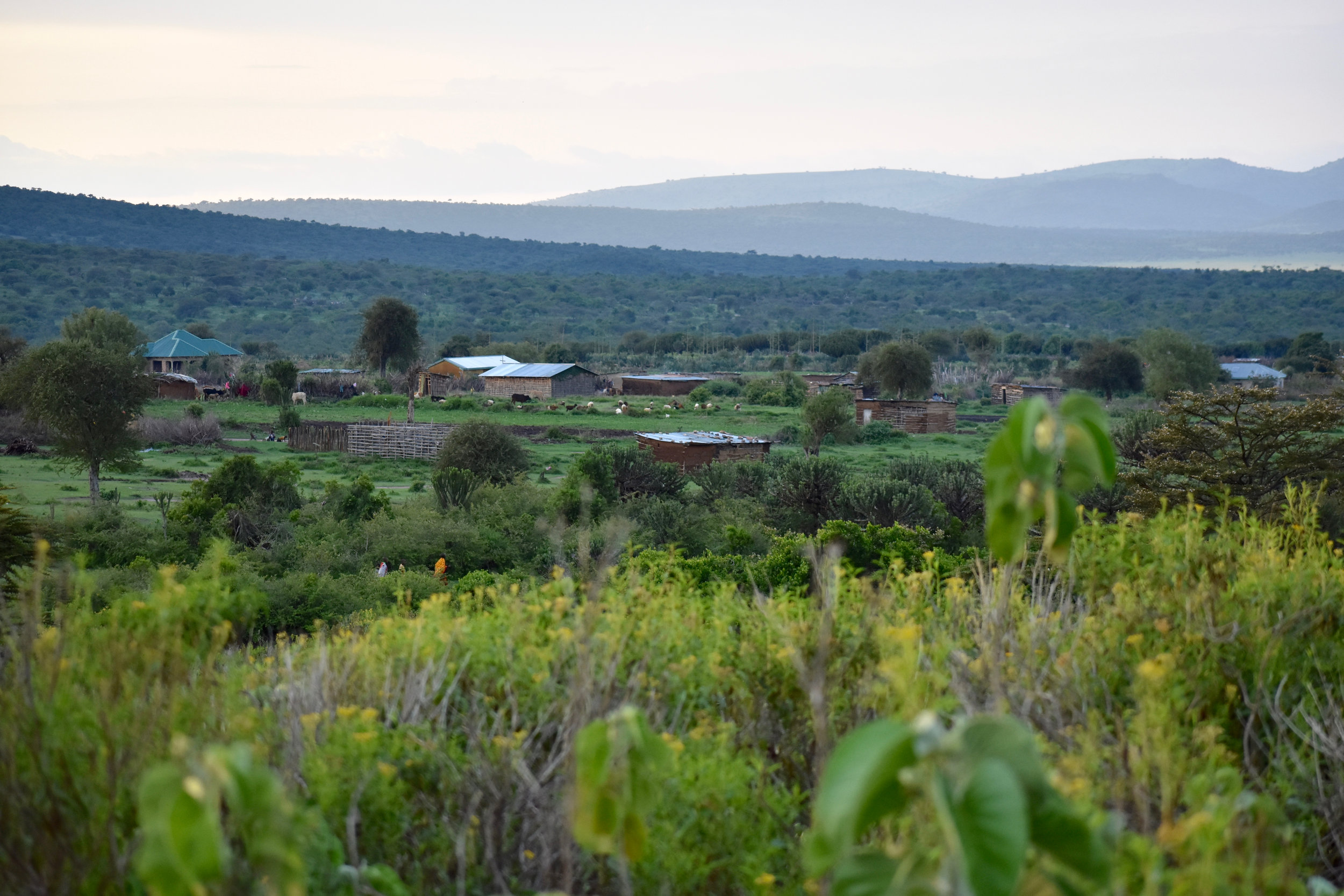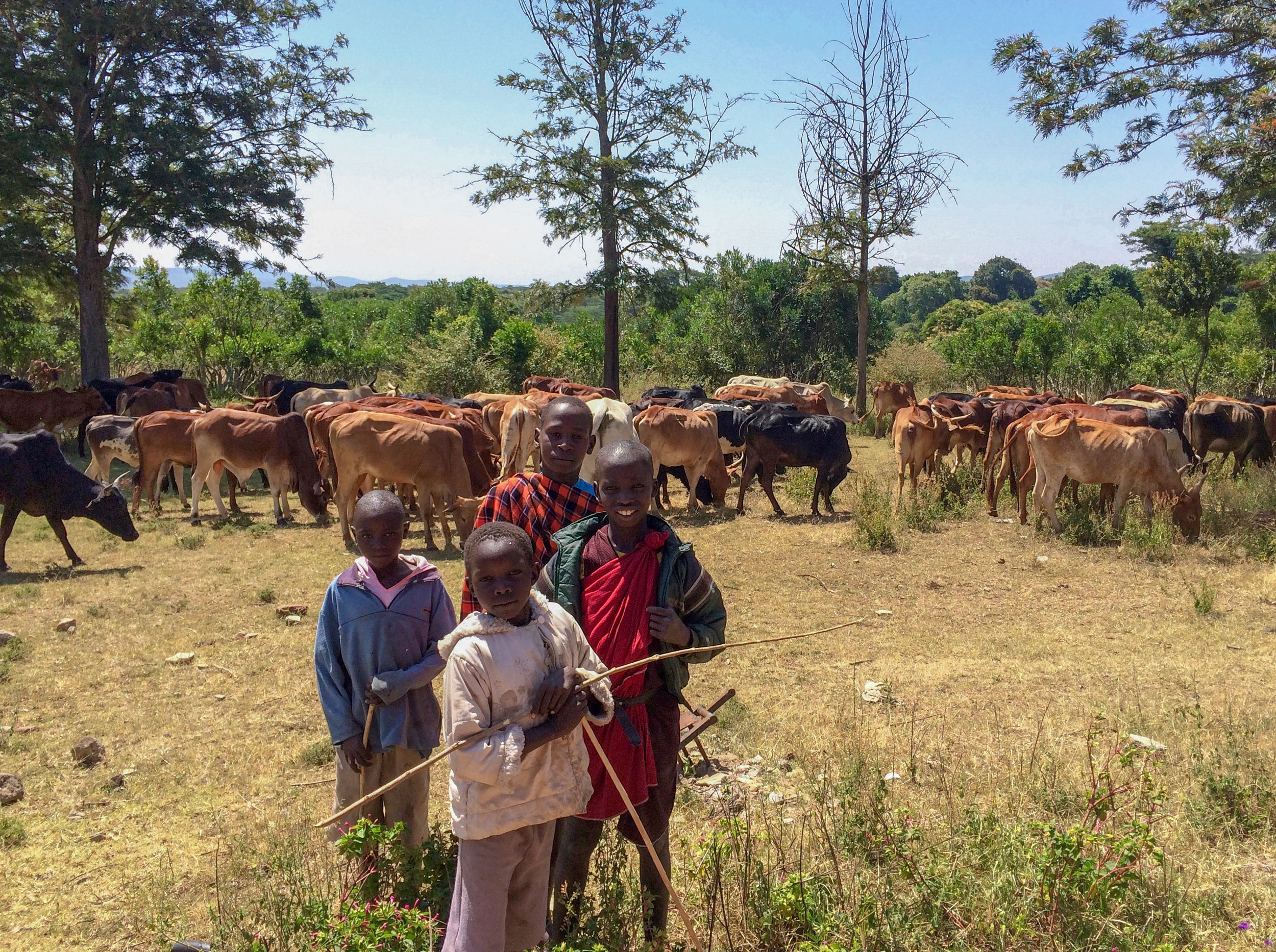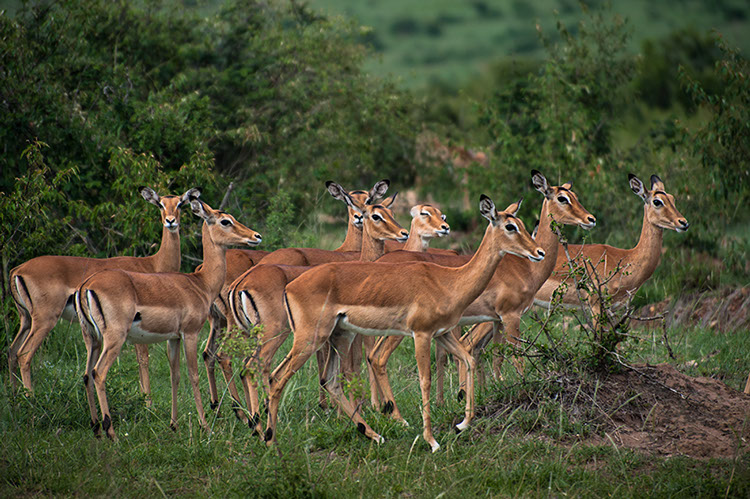The Village
Maasai Honey women, Nalari and Nasarisarau, on their way to work from their distant home in Sero sub-village.
THE LOCATION
Ololosokwan Village is located in the foothills of Northern Tanzania, on the Eastern edge of the Serengeti National Park. The landscape has sections of thick forests, but is mostly savanna, with wide canopied acacia trees spread across grasslands. It is green and lush during the rainy months (April, May, November, and December), but in between seasons of rain, long droughts make the land dry and barren. The region is home to an array of African wildlife - elephants, lions, leopards, cheetahs, zebras, antelopes, giraffes, and buffalo can all be found in the lands surrounding the village.
THE PEOPLE
The village is home to members of the Maasai tribe, a Nilotic ethic group that mostly resides in regions of Northern Tanzania and Southern Kenya. Historically, the tribe was semi-nomadic; they migrated southwards through Sudan, to the Lake Turkana region of Kenya, then finally to Tanzania. As pastoralists, they herd cattle, goats and sheep. Dedicated to their livestock, during the dry seasons they will often journey long distances in search of grass. They are well known for their colorful attire and Maasai “shuka” (a pattered cloth that is wrapped around the body). Women adorn themselves with fanciful beadwork, while male warriors decorate their bodies with tribal paint, forged weapons, and unique hairstyles. Their native language is “Maa”, though some educated residents may also learn Swahili or English.
A photo from the wedding day of one of our village staff beekeepers - Francis Kirando (far right).
Nashiluni with her young daughter at their home in Mairowa A sub-village.
THE CHALLENGES
The remote location of the village creates challenging circumstances for many of the residents. It is a two-day journey to the nearest city (Arusha) and the village’s rural position means that there is limited infrastructure, economic opportunity, and educational resources. Historically, the Maasai have lived in cooperation with nature- using natural materials, constructing homes from mud and sticks, and depending on their livestock for milk and meat. However, changing times have introduced new necessities into their culture. Climatic and cultural shifts mean that the Maasai can no longer depend solely on their livestock. They need money for sending children to school, to buy food, and to purchase clothing. Modern disease combined with a lack of medical infrastructure also creates many health challenges in the region.
GENDER ROLES
In Maasai culture, the role of the men is to look after the family’s livestock. During ceremonies and special occasions, they are also responsible for slaughtering the animals and preparing the meat. Depending on the traditions of the family and the village, boys may attend school and later pursue a career; however, others may adhere to life as herdsman. In some Maasai villages, after a boy is circumcised (around age 14), they are initiated as a warrior. Known as “morrani”, these young men decorate their bodies with special jewelry and tribal paint, while also sporting long, braided hair. During this warrior stage, the young men live only in the forest where they slaughter and consume animals.
Maasai women lead roles as housewives and family caretakers. Daily tasks include collecting firewood, fetching and carrying water, cooking food, and caring for children. Young girls may be sent to school, if it is within a family’s financial means, but more often they are kept at home to assist the family. If girls do attend school, it is usually just for a short time, until a marriage has been arranged for them. In this process, a man proposes a number of cows to the girl’s parents; if the proposal is sufficient, then the girl will be married. For girls, this usually takes place at an early age, sometimes as young as thirteen or fourteen.
Traditionally, the Maasai are polygamous, so it is common for men to have multiple wives. Child bearing is both valued and expected; couples may continue until a woman has ten children. Still, in more recent times this tendency is declining as families recognize higher financial costs for larger families.
Nasarisarau in her home. She is brewing tea while taking care of her children.
